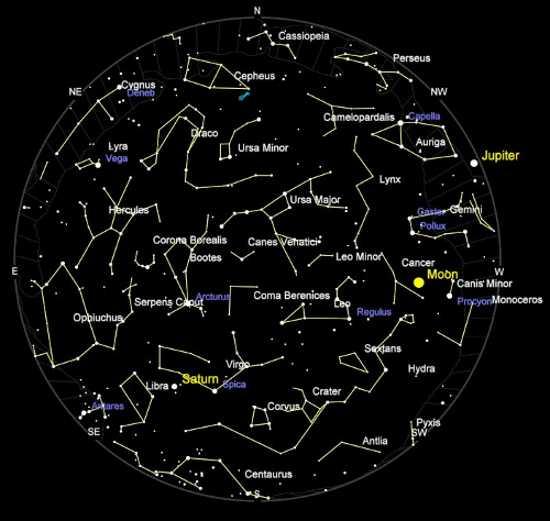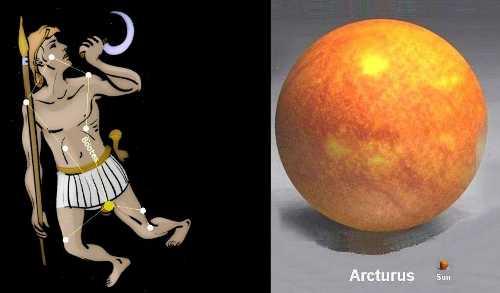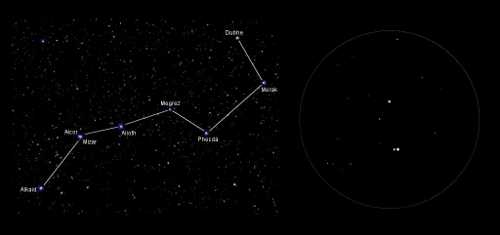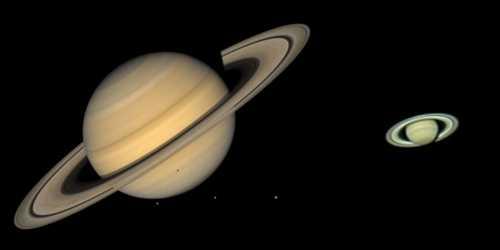
LAKE COUNTY, Calif. – Welcome to Lake County Skies, a monthly column that highlights what’s visible in the night skies of Lake County.
With some of the country’s darkest, clearest skies, Lake County is ideal for star gazing. A chart of the May night skies is displayed below.
The May night skies are dominated by the constellation Bootes.
Bootes looks like a kite, but owing to the flow of human history, he is not a kite – he is a herdsman/hunter.
Bootes was first named in Homer’s Odyssey in the 8th century BC, long before the kite was introduced in Europe by Marco Polo in the late 13th century AD. Had the ancients known about the kite, one can only imagine what this constellation would have been named!

Bootes has the brightest star in the Northern Hemisphere, Arcturus. Arcturus lies at the base of Bootes. It’s a giant orange star, many times larger than our Sun. Images of Bootes and the difference in size between our Sun and Arcturus are shown below.
Directly to the north and west of Bootes is Ursa Major, the Big Bear. This constellation has a distinct pattern of stars we call “The Big Dipper.
The Big Dipper has been recognized by cultures all over the world by various names: The Plough in England, The Saucepan in Holland, the Salmon Net in Finland, and Goncol’s Cart in Hungary,
Look at the second star from the end of handle of the dipper, Mizar. If you have really good eyesight, you will see it is really two stars close together – the second star is named Alcor.
If you have a telescope you will see that Mizar has a companion star very close to it. The following image shows the Big Dipper and Alcor and Mizar through a telescope.
Our star chart shows the planet Saturn rising in the east. The bright star Spica is to the west of Saturn. As we mentioned in our April article, a star twinkles, a planet does not.

Saturn is one of the most beautiful planets in the solar system. It is the sixth planet from the sun, second in size only to Jupiter.
Saturn is what we call a “gas giant.” It has no solid land mass like our Earth. Instead, it is a giant ball of gas – mostly hydrogen and helium. If we had a large enough body of water, Saturn would float!
What makes Saturn unique is its ring system. Through even a small telescope Saturn’s rings are beautiful to behold. The rings are believed to be composed of tiny rock particles.
Two images of Saturn are shown below. The one to the left is typical of what can be seen through a large observatory telescope. The one to the right is typical of a medium (8” or more) amateur astronomer’s telescope.
Lake County’s Taylor Observatory ( www.taylorobservatory.org ) is open to the public on the third Saturday of each month, affording an excellent opportunity to view Saturn.
John Zimmerman is a resident of Lake County and has been an amateur astronomer for over 50 years. For more information about Astronomy and local resources, visit his Web site at www.lakecountyskies.com .


 How to resolve AdBlock issue?
How to resolve AdBlock issue? 



